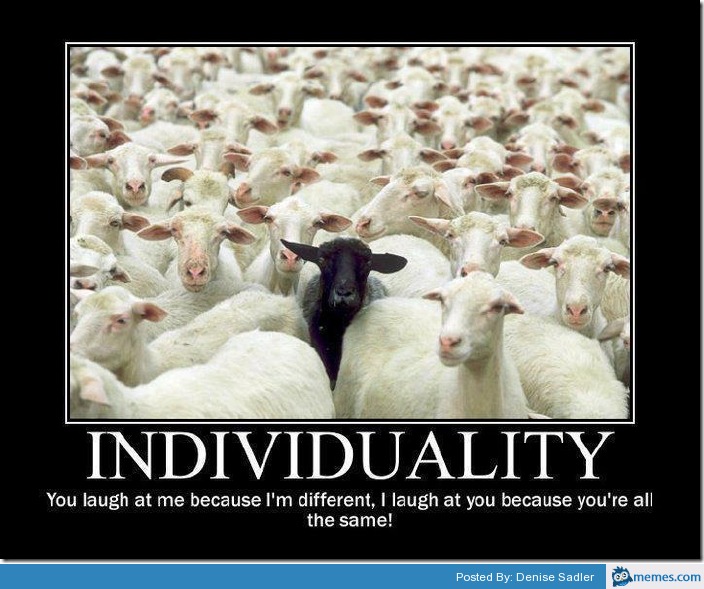Critical Pedagogy and Disney

Kincheloe. Freire. Hooks. These three educators, students, facilitators, trailblazers, and HUMANS have been extremely influential in the growing field/ideology/movement of “critical pedagogy.” So, what is critical pedagogy? Countless definitions abound, but our group thought critically and worked collaboratively to create this definition:
“Critical pedagogy is a humanistic, interactive process that challenges hierarchical systems of learning, and establishes the co-construction of knowledge in collaboration with educator (facilitator) and student.”
~Arash Sarshar, Erin Heller, Sogand Mohammadhasanzadeh, Patrick Salmons, Hana Lee, Jyotsana Sharma, and Selva Marroquín, 2018 ~
So how did we get to this definition (Mulan – “Let’s get down to business)? We can’t take full credit for it of course (and when you think about it, can we ever take full credit for anything we create, as our thoughts are the culmination of countless interactions and experiences obtained through interactions with countless of the other people … but that is another blog), as we used the expertise and thoughts of the above three stated pedagogical sensai. Their writings all shared common themes of the importance of less clear boundaries between students and teachers (or the elimination of these boundaries all together) … teachers are students and students are teachers … and the importance of teaching should not be merely the transfer of knowledge but the sharing of concepts and the encouragement to think for oneself (remember everyone always says “think outside of the box!”) The idea that ritualistic memorization and regurgitation of facts is not truly learning and that we need to shift away from this outdated approach to “judging” the intellect of students. We need to encourage students to think about things that are not explicitly taught, to think about things never thought about (or verbalized) before, and to not just judge others on their ability to retell what has already be told. School should not be about Beauty and the Beast — that is “tale as old as time.” New ideas, concepts, and theories are the core of growing, developing, and learning. If students only learn what they are told, everything remains stagnant. That brings us full circle (Lion King – “The circle of life!!”) to define the different aspects of our definition of critical pedagogy:
Humanistic: the ability to be human and be vulnerable with students. As an educator being able to convey that one is not necessarily an expert and that knowledge is not an absolute but co-constructed by all the individuals in the classroom environment.
Interactive process that challenges hierarchical systems of learning: it emerged from the necessity of continuing to create an atmosphere of democracy in education because education follows political structures.
Co-construction of knowledge in collaboration with educator and student: When thinking about teaching and learning, it should not be understood as a simple student-teacher relationship. Rather what these readings demonstrate, and our own anecdotal teaching experience illuminates, is that there should not be an oppressive figure teaching what should be learned. Thinking about knowledge and its construction between multiple variables allows for diversity, opinion, and actual critical thinking. Opening up the conversation in a Hegelian fashion allows for facilitation by the educator.
Okie. That’s all we got. Education should be like acapella singers — the culmination of ALL of our voices (thoughts) is what makes us great. Drop the mic.













